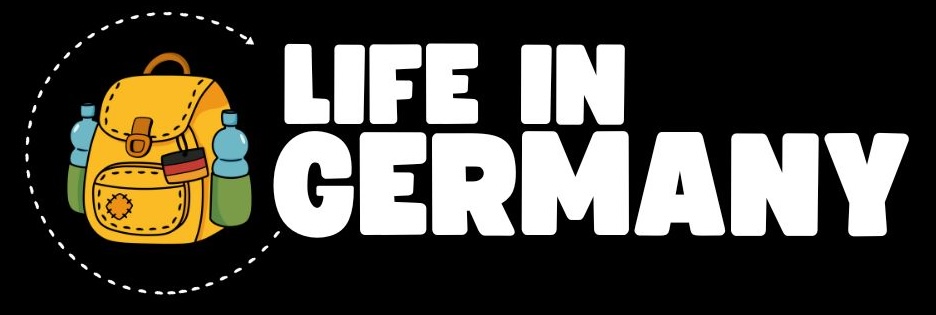Visiting the dentist can be a daunting experience, especially when you’re in a foreign country. This blog delves into five shocking differences at the dentist between Germany and Canada that can surprise expats and locals alike. From insurance coverage to treatment practices, understanding these differences can greatly enhance your dental experience.
5 Big Differences Between The Dentist in Germany and Canada
- 🦷 The Language Barrier: Finding English-Speaking Dentists
- 💰 Upselling: A Common Practice in Germany
- 🏥 Treatment Quality: Public vs. Private Insurance
- 📞 Follow-Up Calls: A Rare Occurrence
- 🎉 Rewards for Regular Visits: A Unique Perk
- 💊 Pain Management: A Different Approach
- 📅 Conclusion: Navigating Dental Care in Germany
🦷 The Language Barrier: Finding English-Speaking Dentists
One of the primary concerns for expats in Germany is the language barrier. Many worry about whether their German is good enough to communicate effectively with dental professionals. Fortunately, most dentists in larger cities speak English, making it easier for non-German speakers to receive treatment.
If you’re looking for an English-speaking dentist, there are resources available. Websites like jameda – Arzttermine online buchen & Feedbacks lesen and Doctolib | Buchen Sie Ihren Arzt- oder Therapietermin online can help you find qualified dentists who speak your language. This accessibility can significantly reduce the anxiety associated with dental visits.
💰 Upselling: A Common Practice in Germany
One of the most shocking differences to visit the dentist is the prevalence of upselling in Germany. Unlike in Canada, where treatment recommendations are generally straightforward, German dentists often present various options that can lead to additional costs. This upselling culture can be particularly surprising for newcomers.
Before agreeing to any procedure, it is crucial to ask for a detailed quote. Knowing the costs upfront can prevent misunderstandings later on. It’s also essential to verify what your insurance covers. In Germany, public and private health insurance plans differ significantly in what they cover.
- Public Insurance: Typically covers basic treatments but may not cover cosmetic procedures.
- Private Insurance: Often provides more extensive coverage, including treatments like crowns and bridges.
🏥 Treatment Quality: Public vs. Private Insurance
The quality of dental care can vary greatly depending on your insurance type. Those with private insurance often report receiving better care and more attention during their visits. For example, private patients may receive longer cleaning sessions and premium materials for fillings and crowns.
Publicly insured patients, on the other hand, may only receive a quick checkup and a basic cleaning. To bridge this gap, some publicly insured individuals opt for supplemental dental insurance, which can cover professional cleanings and additional services.
For more information about insurance options in Germany, check out What Insurance Do You Need in Germany? – Life in Germany.
📞 Follow-Up Calls: A Rare Occurrence
In Canada, follow-up calls after dental procedures are common. Dentists typically check in with patients to ensure they are healing well and to address any concerns. However, in Germany, follow-up calls are quite rare, especially in larger clinics. This cultural difference may lead to feelings of neglect for some patients.
While smaller practices might offer more personalized care, larger clinics often rely on scheduled follow-up appointments instead of phone calls. This means that if you have concerns post-treatment, you may need to proactively reach out to your dentist.
🎉 Rewards for Regular Visits: A Unique Perk
One of the more positive aspects of dental care in Germany is the reward system for regular checkups. Health insurance providers often incentivize patients to maintain their dental health by offering bonuses or points for frequent visits. This system encourages individuals to prioritize their dental care and can lead to financial rewards.
For example, some insurance plans may provide cash bonuses or discounts for those who visit the dentist at least twice a year. This proactive approach helps ensure that patients maintain good oral health and can prevent more serious issues down the line.
💊 Pain Management: A Different Approach
A significant difference to visit the dentist is the approach to pain management. In North America, it is common practice to use pain medications and sedation techniques, such as laughing gas, during dental procedures. In contrast, many German dentists prefer to avoid these methods unless absolutely necessary.
This approach can be beneficial in terms of reducing reliance on medications. However, it may also catch some patients off guard, especially those accustomed to a more medication-focused model. Understanding this difference can help manage expectations and prepare for your dental visit.
📅
Conclusion: Navigating Dental Care in Germany
Understanding all that comes with visiting the dentist in Germany can help expats and locals navigate their li more effectively. From upselling practices to insurance coverage and pain management approaches, these differences can significantly impact your experience in Germany.
To ensure a smooth dental journey, always ask questions, verify insurance coverage, and seek out English-speaking dentists. Embracing these differences will not only enhance your dental visits but also contribute to better oral health in the long run.
Made with VideoToBlog





